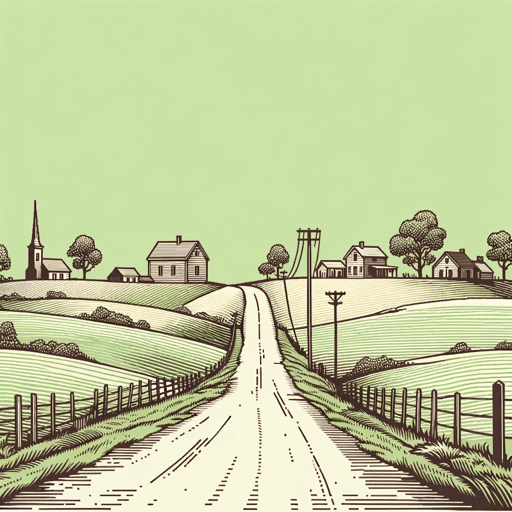83 pages • 2 hours read
Henry FieldingThe History of Tom Jones, a Foundling
Fiction | Novel | Adult | Published in 1749A modern alternative to SparkNotes and CliffsNotes, SuperSummary offers high-quality Study Guides with detailed chapter summaries and analysis of major themes, characters, and more.
Literary Devices
Realism
One of the claims to newness that Fielding makes in his novel includes his rejection of he calls the “marvelous,” by which he means the inclusion of gods and goddesses of epic narratives or the supernatural agents in prose romances. He asserts that he is telling a history of a life that actually happened and thus aims to achieve what is now known as verisimilitude: a fictional world that resembles real life. An anonymous reviewer of The History of Tom Jones described it this way: “For chrystal Palaces and winged Horses, we find homely Cots and ambling Nags; and instead of Impossibility, what we experience every Day” (783). This turn toward realism distinguishes the novel from other literary genres, as does its emphasis on an individual’s private life.
Authorial Persona
It is tempting to conflate the narrator of The History of Tom Jones with Fielding himself, especially given the narrator’s conversational and direct addresses to the reader, along with the footnotes that identify characters, events, and settings drawn from Fielding’s own life. Certain attitudes held by the narrator, such as resentment for critics who tear apart theatre plays, are likewise easy to identify as Fielding’s own.
Related Titles
By Henry Fielding
Featured Collections
Class
View Collection
Class
View Collection
Coming-of-Age Journeys
View Collection
Laugh-out-Loud Books
View Collection
Romance
View Collection
Satire
View Collection
School Book List Titles
View Collection
The Best of "Best Book" Lists
View Collection
Valentine's Day Reads: The Theme of Love
View Collection



